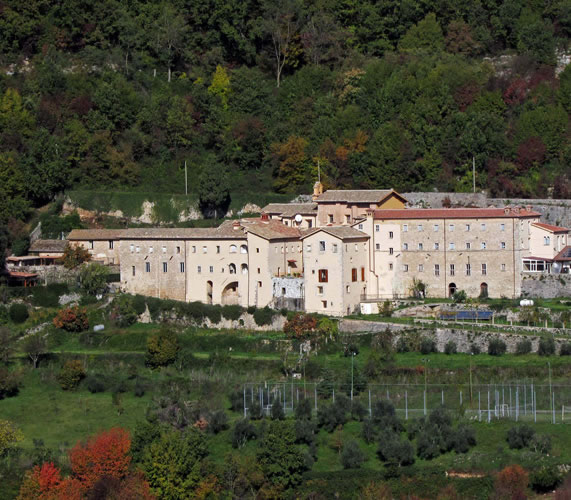

Things to do
Discover places to visit in Fiuggi Terme
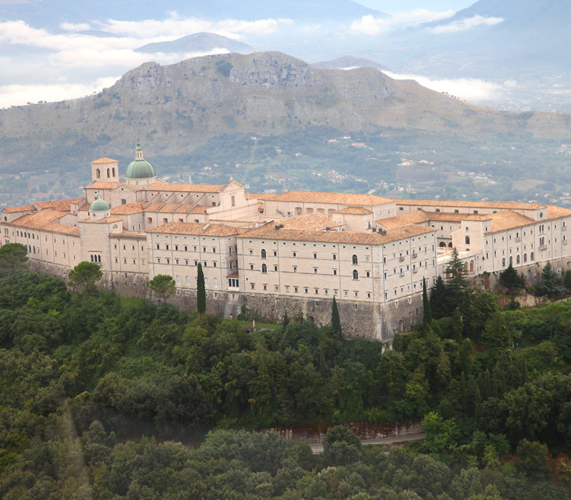
![]()
The Abbey of Montecassino is the most famous Benedictine abbey, founded by St. Benedict of Norcia in the sixth century and which quickly became an important religious center.
Life in the abbey was not easy: it was devastated several times by the Saracens and the Lombards and even mother nature raged against it with the earthquake of 1349. Between 500 and 700 was a new period of splendor. Unfortunately, during the second world war, the Montecassino Abbey was completely destroyed. It was 15 February 1944, when 229 flying strong, bombed the abbey in two different waves, unloading over 400 tons of bombs and destroying it completely. The decision to bomb the Montecassino Monastery was made by General Alexander, on the proposal of the New Zealand General, Freyberg.
According to an aerial survey which turned out to be unfounded, it was believed that the Germans had turned the building into a veritable fortress.
Really, Marshal Kesselring had established a free zone around the abbey, giving assurance to the Vatican that no German soldier would ever set foot in the monastery.
By a tragic irony, after the bombardment destroyed the ancient abbey, the Germans actually took their position on the height of Mount Cairo with their artillery…
The building was later rebuilt, faithfully respecting the seventeenth-century structure. Of the three cloisters, the center goes back to the sixteenth-century structure, while the two wings are of the eighteenth century, and there is a seventeenth-century cloister attributed to Antonio da Sangallo.
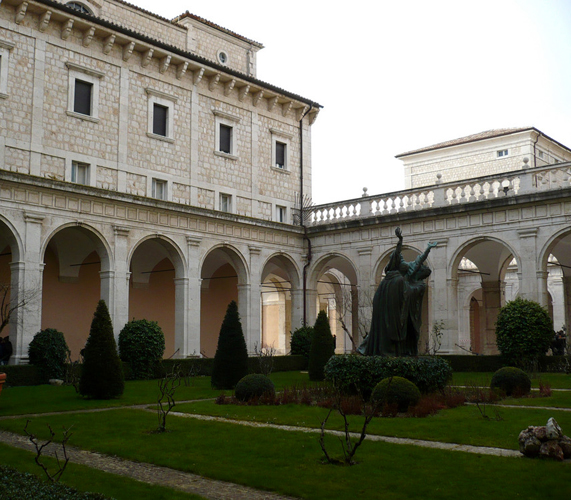
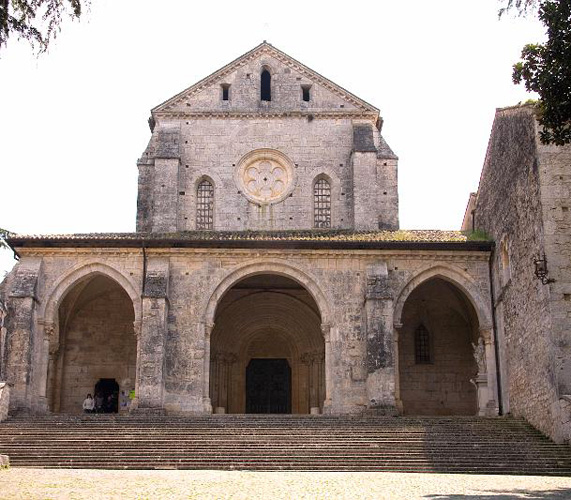
The baroque church is mostly the work of C. Fanzago with bronze portals by P. Canonica (1951). The crypt is decorated with mosaics by Desiderius Lenz and also contains some frescoes of dell’Annigoni. The Sacristy has paintings of the eighteenth century Vaccaio and of G.M. Crespi. A final curiosity: the grave of Saint Benedict and the crypt were the only structures to escape the bombing. Also, the library and archives were saved because they were made safe before the destruction.
The Abbey of Montecassino is 96 km from Fiuggi, just over an hour away by highway or 84 km/2 hours by state roads.
The Abbey of Casamari was built on the ruins of the ancient Roman town named Cereatae, because it was dedicated to the goddess Ceres.
The name Casamari is of Latin origin and means “House of John”, home of the Roman consul Gaius Marius, a famous leader, and enemy of Sulla.
30 minutes from Fiuggi.
The Anagni Cathedral, built between 1071 and 1105, preserved in almost unchanged Romanesque character – a Lombard facade, with the arch of the “door of the Matron” framed by Byzantine braids and the imposing bulk of the apse on the north side.
20 minutes from Fiuggi.
The structure of the castle of Fumone is typical of medieval military fortresses. Perched on a hill it is s surrounded by mountain ranges and forests. Inaccessible, the Fortress harbored the enemies of the Church within its walls for five centuries.
Ideal to visit during your weekend at the spa, it is 10 minutes from Fiuggi.
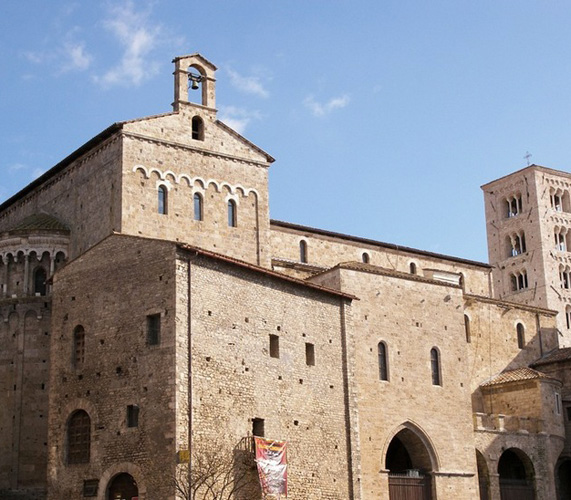
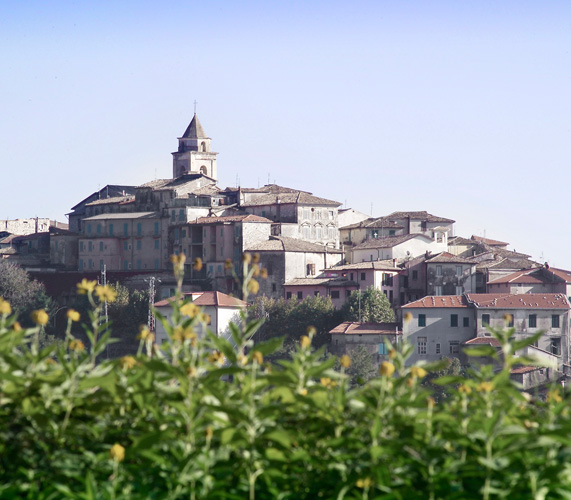
Prehistoric city Alatri, from the Romans “Aletrium”, was founded by Ernici. The legend supports the other cities of Saturnie also called Pelasgiche, but respecting the mighty megalithic polygonal walls (three city walls) that wrap around the Acropolis and the historical center, whose structure is also found in many other cities of Ancient Greece and Asia Minor (Athens), mythology leaves room for history.
15 minutes from Fiuggi.
Veroli was founded around the XII century BC by a colony of Pelasgi-Ernici, from Greece, who settled on the mountain slopes of Ernici . You must absolutely visit this during your wellness weekend at Silva Splendid, 20 min from Fiuggi.


